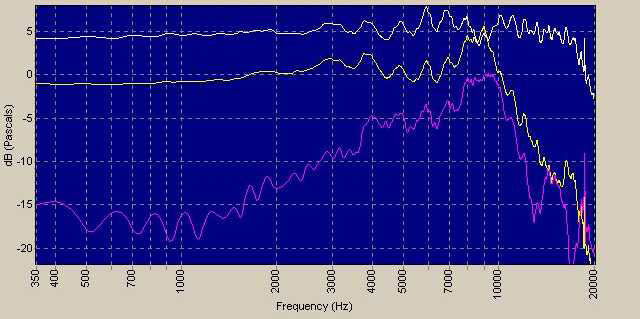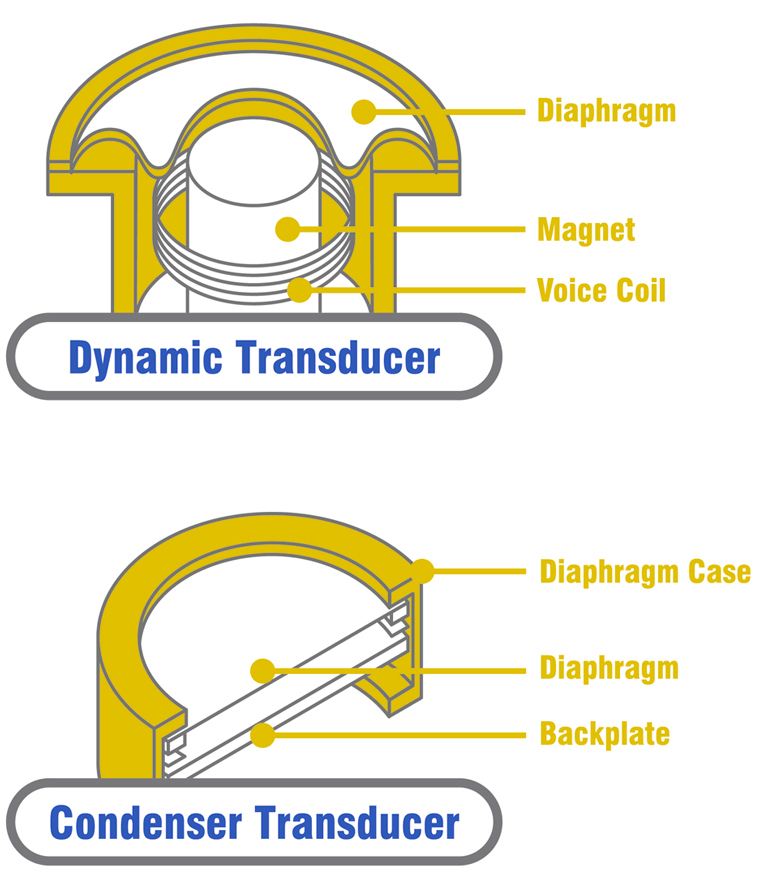Why are there so many microphones? Which is best? These are among the most common questions asked by my audio students.
First, there is no single mic best suited for all tasks, and this statement is also probably the best answer as to why there are so many mics on the market.
Our ears are very sophisticated transducers capable of changing sound into electrical impulses that our brain can interpret as sound.
Sound frequencies are measured in Hertz (Hz). 1 Hz is one sound wave passing a certain point at the rate of one time per second. Our ears are capable of “transducing” sound pitches ranging from 20 Hz to 20,000 Hz (20 kHz.)
Unlike our ears, mics can only accurately “transduce” (and reproduce) a particular range of pitches within the normal “20 to 20k” range.

If a mic can reproduce frequencies without boosting or cutting volume in a certain range, it is said to be “flat” in that range. This measurement of mic accuracy is known as frequency response, and is one characteristic that is a “must know” for any engineer when choosing a mic for a particular application.
A mic’s frequency response can potentially change the timbre of a sound because of its inability to reproduce all of the frequencies present in an audio signal.
Another characteristic to consider when choosing a mic is its signal-to-noise ratio (S/N) – the amount of usable audio from the instrument or vocalist as compared to the inherent noise that the mic generates by itself. (Every piece of analog and digital audio equipment has a S/N ratio and a dynamic range, which is S/N plus headroom).
But possibly the biggest factor to consider when choosing a mic is its design type. There are two basic types of microphones, dynamic and condenser.
Although dynamic mics have long been the choice of live audio engineers, condenser mics are making their way to the stage more of late for reasons that we’ll address later. And both are worth examination.
Let’s take a look under the hood.
Dynamic Magnetics
There are two classifications of dynamic mics, “moving coil” and “ribbon.” Dynamic mics work by the principle of magnetic induction. Most of us have experimented with magnets. They are bi-polar, with one side we’ll refer to as “north” and another side we’ll call “south.”

When two magnets are held “north to north” or “south to south” they tend to repel (or push away) one another. Oriented “north to south,” magnets tend to attract one another. If magnets are held in this orientation close enough to create an attraction, but not touching, a magnetic field is created between the two.
This magnetic field contains invisible lines of “flux.” All dynamic microphones have this magnetic field. In ribbon mics, a thin corrugated strip of metal is suspended between the magnets in the magnetic field. As the sound waves strike the ribbon, it vibrates. This vibration breaks the lines of flux, which induces an electrical voltage. This voltage is conducted by the ribbon and is identical to the frequency of the vibrations of the sound waves.
In dynamic moving coil mics, there is a thin diaphragm that is attached to a coil of wire. This diaphragm/coil assembly vibrates in the magnetic field, which breaks lines of flux and induces a voltage in the coil. Again, the vibration is identical to the frequency of the sound waves.
The sensitivity of dynamic moving coil mics is determined by the size of the diaphragm, strength of the magnets and the amount of wraps of wire in the coil.
Although ribbon mics are more sensitive than moving coil mics, they are more fragile. Ribbon mics also exhibit a bi-directional pickup (or polar) pattern – they are sensitive to sound in front of, as well as behind, the mic. Couple this pickup pattern with inherent frailty and most agree this limits uses for ribbon mics on stage.



















